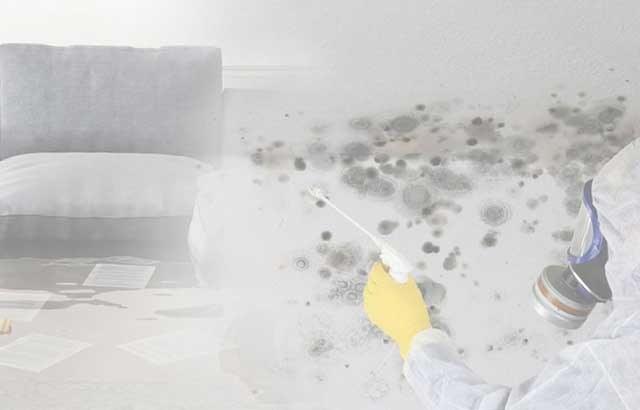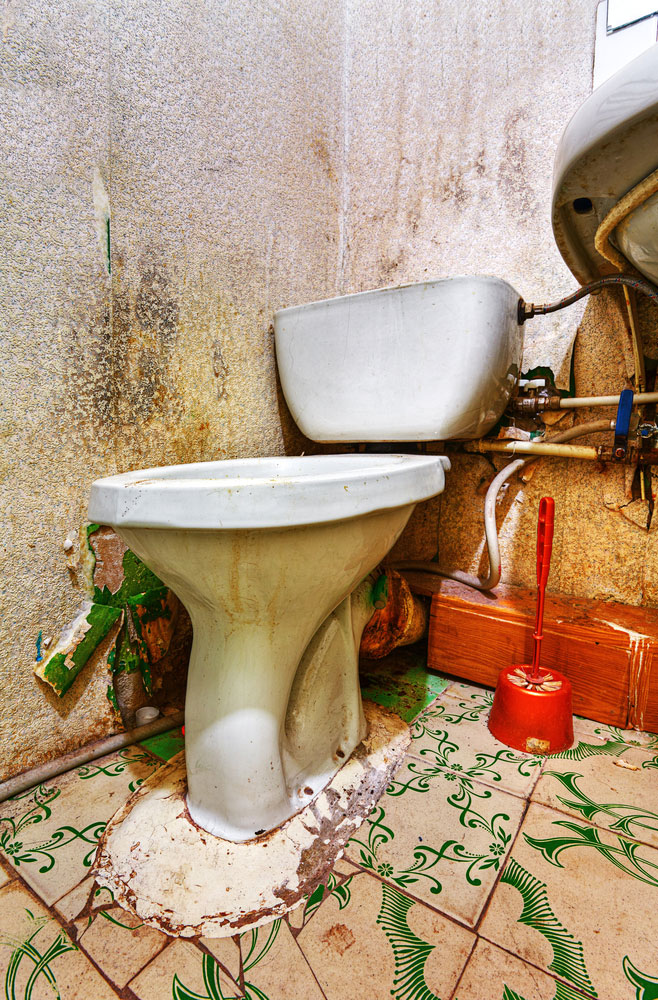Searching for Indications of Water Damage in the Bathroom
Searching for Indications of Water Damage in the Bathroom
Blog Article
Are you currently hunting for resources concerning How to Fix a Water Damage Bathroom?

The bathroom is extremely vulnerable for damp build-up and also possible water damages as a result of the constant use of water in it. This short article offers easy inspection techniques to assist discovering water damages dangers.
The constant use water in the washroom makes it extremely vulnerable for moist accumulation as well as potential water damage. By examining it frequently, you can minimize water relevant problems.
The following set of assessments is very easy to execute and ought to be done when in every three months in order to keep your restroom in good shape as well as to avoid prospective water problems brought on by the bath tub, the shower, pipeline joints and also plumbing, sinks, closets, and the toilet
Do not neglect performing these inspections and be comprehensive while performing them. Keep in mind that these simple inspections can save you a lot of money by providing early signs for water damage
Tub as well as Shower
The shower and also bath tub call for unique focus and maintenance. Check the tiles and replace if broken. Make certain that there is no missing out on cement between the tiles. Inspect and replace cracked caulking at joints where the walls fulfill the flooring or the bath tub. Obstructed drains pipes and also pipelines issues will certainly stop the tub from drying as well as may indicate serious problems beneath the bath tub. Seek advice from an expert right away to prevent architectural damages. Take note of discolorations or soft locations around the tub walls as they might show an internal leakage.
Plumbing
Signs for water damages are difficult to detect given that a lot of pipes are mounted inside the walls.
Pay special interest to flooring as well as wall surfaces moisture as well as discolorations as they might suggest an unnoticeable plumbing issue. Examine wetness levels in adjacent areas too.
Sinks as well as Cabinets
Sinks and also cabinets are exposed to moisture and humidity day-to-day and also are commonly neglected. Check frequently under the sink and also on the counter top above it. Fix any drip in the trap as it might suggest drain problems. Check out the sink, slow-moving draining pipes might suggest a blocked drainpipe. Replace sink seals if they are fractured or loose.
The Toilet
The toilet is an at risk water joint. Check the water lines and also search for leakages around the bathroom seat, in the hose, and also under the water container. If you discover any indications of wetness on the flooring around the toilet, check for leaks in the toilet rim as well as container seals.
Realize that hanging toilet bowl deodorants enhances the possibilities for obstructions.
TIPS TO PREVENT WATER DAMAGE IN THE BATHROOM
The average household uses approximately 80-100 gallons of water per person per day. For a family of 4, that's almost 2,500 gallons of water a week! The largest portion of this consumption comes from bathroom use. Flushing the toilet uses the most water, followed by taking a shower or bath. With that much water running through the home, water damage in the bathroom is bound to happen. Knowing how to spot signs of a water leak is essential to preventing long-term damage. This guide provides you with tips to reduce the impact of water damage on your bathroom.
CAUSES OF BATHROOM WATER DAMAGE
Pipe breaks are the most common cause of water damage we see in our daily jobs. The age of a pipe plays a large role in a pipe break as well as corrosion. Over time, the metal begins to break down, allowing water to escape. Frozen pipe breaks are also a concern in the winter months. Toilet overflows caused by paper products or children flushing inappropriate items. Degraded caulking around the toilet or bathtub can allow water seepage, sometimes behind the fixture, into the subfloor or walls. Condensation forms when the water in a pipe is cooler than the air temperature. Beads of water form on the exterior of the pipes, sometimes so much so that the water begins to drip and pool below. Sink or shower backups created by poor drainage. HOW TO PREVENT WATER DAMAGE IN YOUR BATHROOM
Inspect your toilet supply line for worn or frayed hoses and replace them as needed. Winterize your plumbing to prevent a frozen pipe break. Use vent fans to prevent condensation that can lead to mold growth. Routinely check and replace degraded caulking around your toilet or bathtub. Increase the temperature in your toilet tank and insulate your pipes during the warm summer months to keep condensation from forming. Use child safety locks on the toilets. Flush only toilet paper. "Flushable" wet wipes are actually not good for your plumbing system. Additionally, feminine hygiene products should not be flushed. Prevent water from escaping the tub or shower. Make sure shower curtains are in good condition. Inspect shower doors and replace the seal strip if necessary. Wipe up any water that accumulates on the floor and use bath mats. Water left to sit can cause damage to the tiles and flooring. Refrain from using bath products containing heavy oils to avoid a clogged drain.

I hope you liked our excerpt on How to Fix a Water Damage Bathroom. Thanks for taking the time to read through our content. For those who appreciated our blog post please don't forget to pass it around. Kudos for your time. Come back soon.
Quote & Schedule Report this page